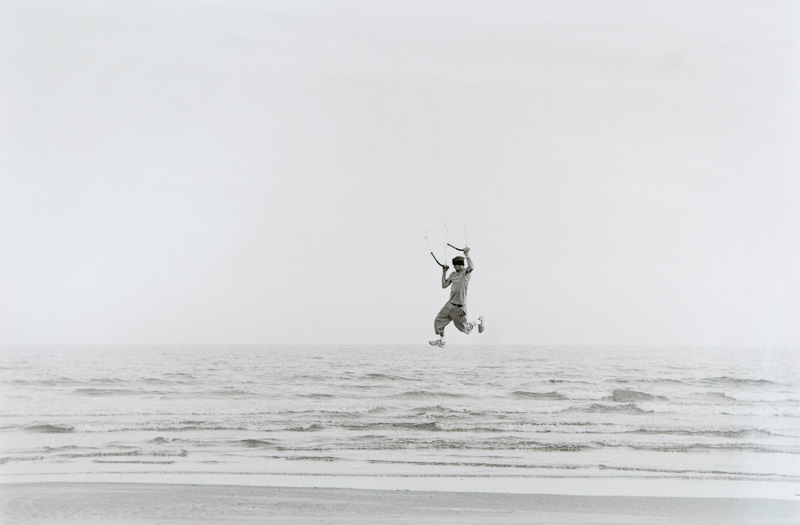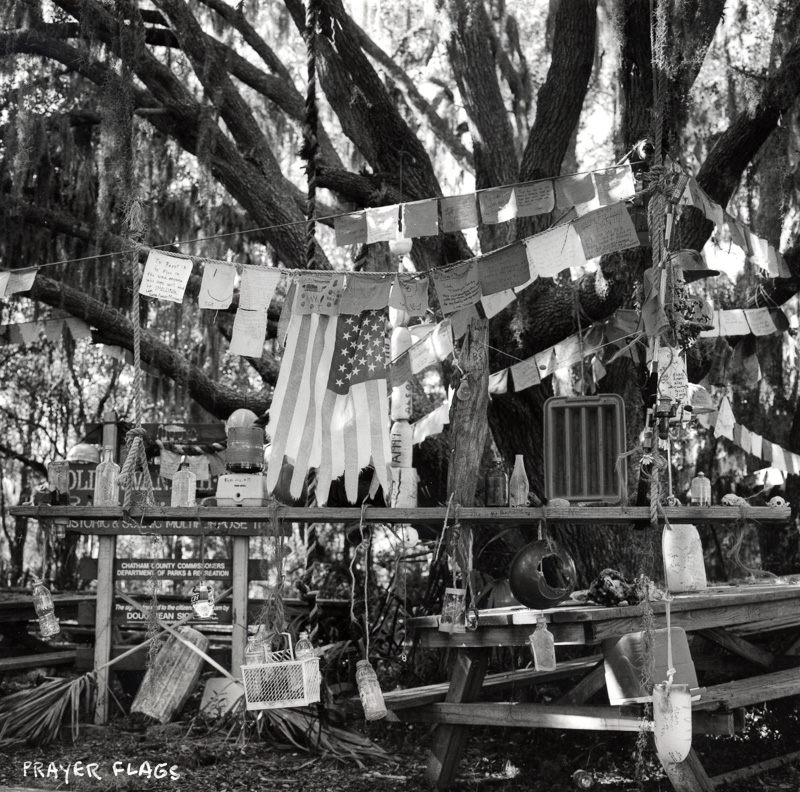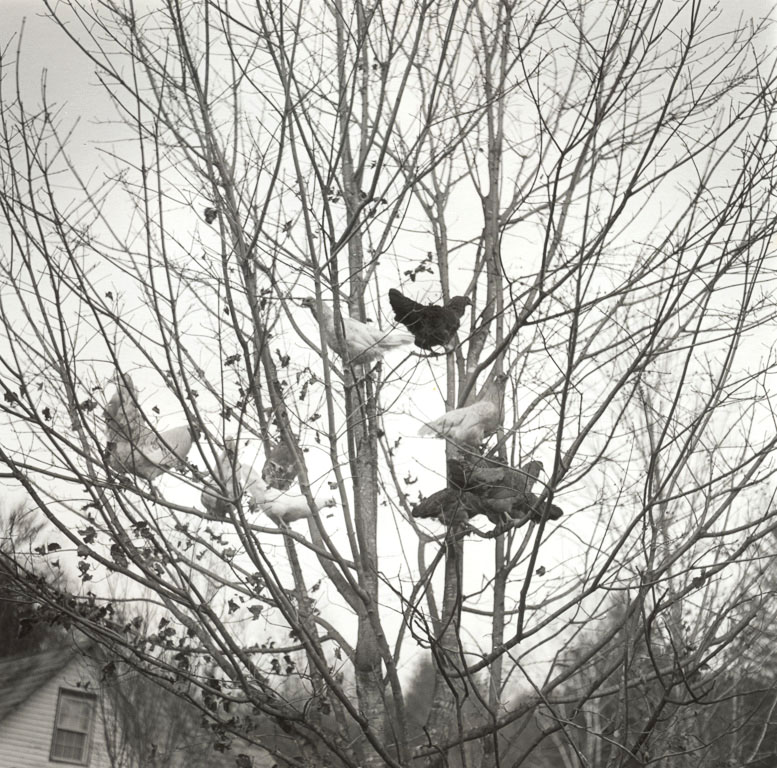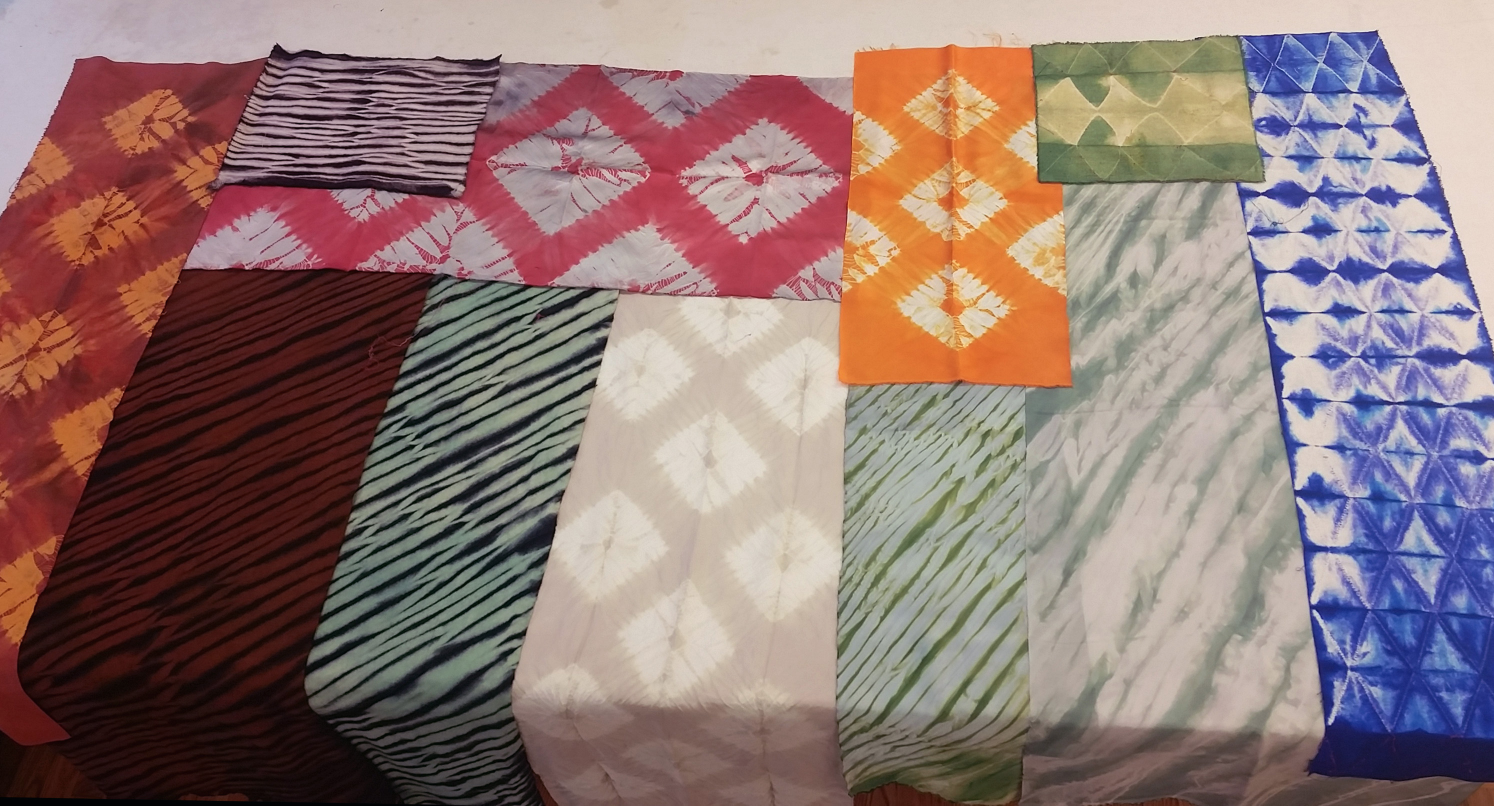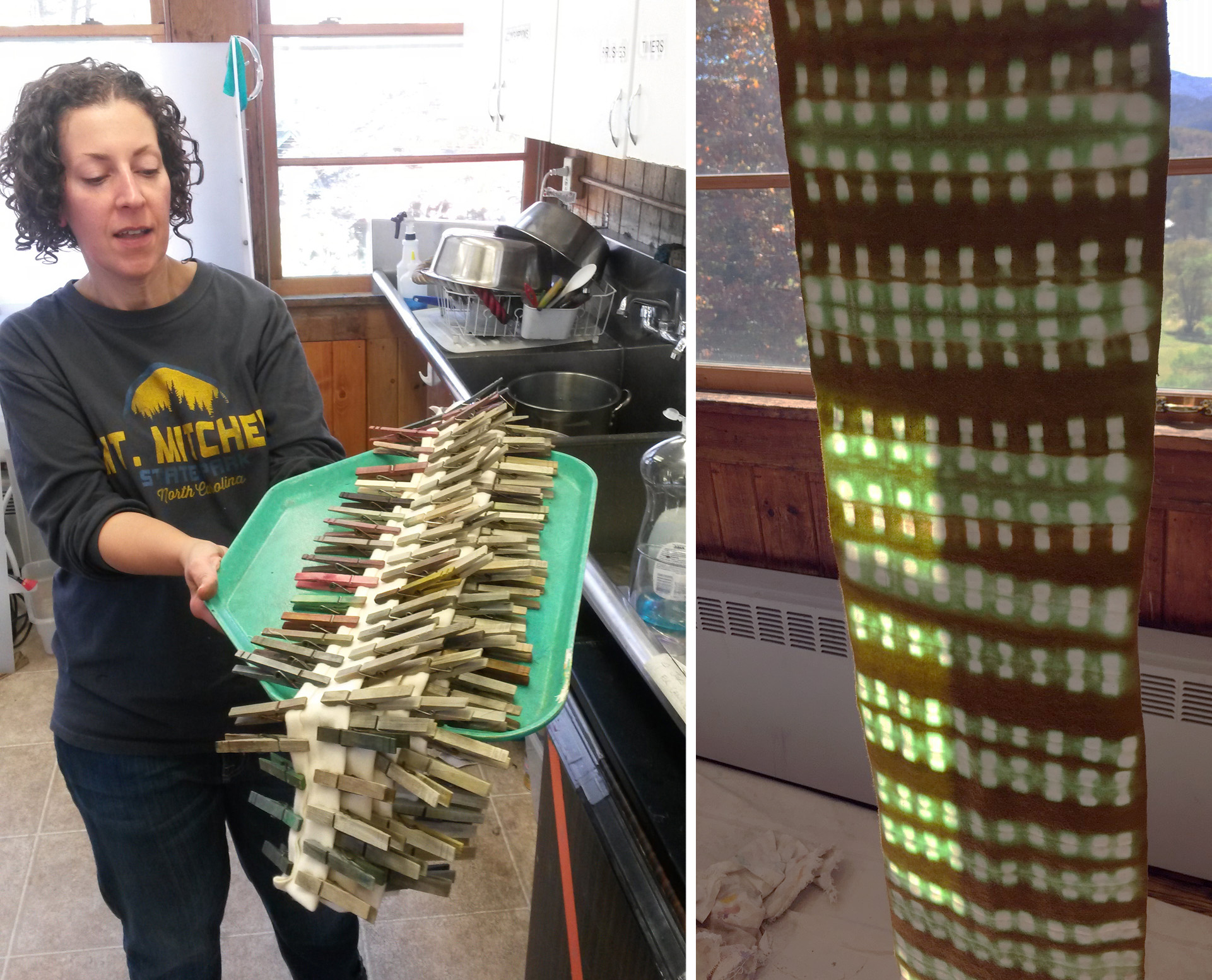
“I love narratives,” says Aimee Joyaux. “Life is full of stories.”
As a mixed-media artist and educator for the past 30 years, Aimee’s life is certainly rich with stories—her childhood on the island of Maui, her time as a photographer for a local newspaper, the eleven years she and her husband spent renovating the historic Virginia cotton warehouse they now call home.
“My work examines contradiction and bias, situating a personal experience within a grand narrative through language, iconography, and gestural fields of color,” Aimee explains. “This engagement with cultural memory explores ideas of power and place.” All that, and Aimee manages to do it with a bit of fun and whimsy.
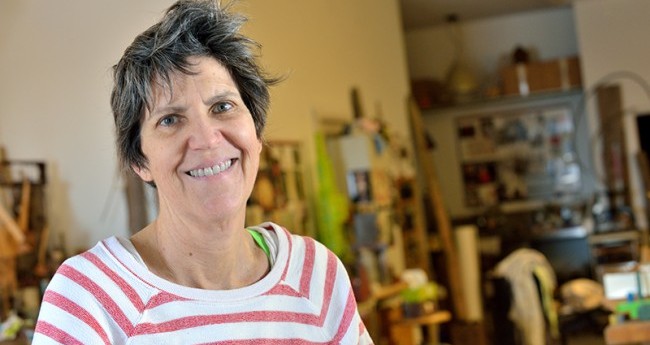
When Aimee was able to salvage hundreds of printing plates from a seed and feed bag company in Richmond, VA in 2011, the plates and their history quickly worked their way into her explorations of narrative. Through Cornmeal Press, Aimee’s co-op community print factory, she and others have been telling stories of agriculture, local production, and the southern United States—with a personal twist. The prints draw on historical imagery but add new layers through color, text, paper, and composition so that each one also speaks of its maker.
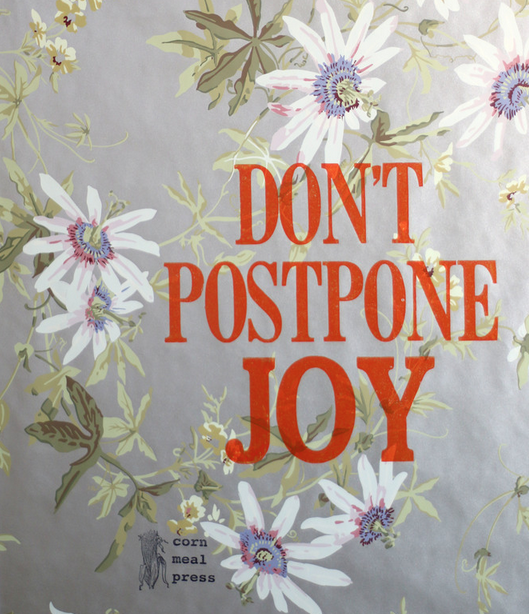
This spring, Aimee will bring Cornmeal Press and her love of stories to Penland for a week-long printing spree appropriately titled Printfest. “It’ll be crafty and fun—perfect for those new to printing (we’ll cover lots of basics) and the old pros (they can crank out a bunch of work),” Aimee says. “Come on down to North Carolina and put a pig on it!”
Registration is currently open for Printfest, which will take place April 10-16, 2016. If you’d still like more information after reading the course description below, take a look at the Cornmeal Press page on Aimee’s website.
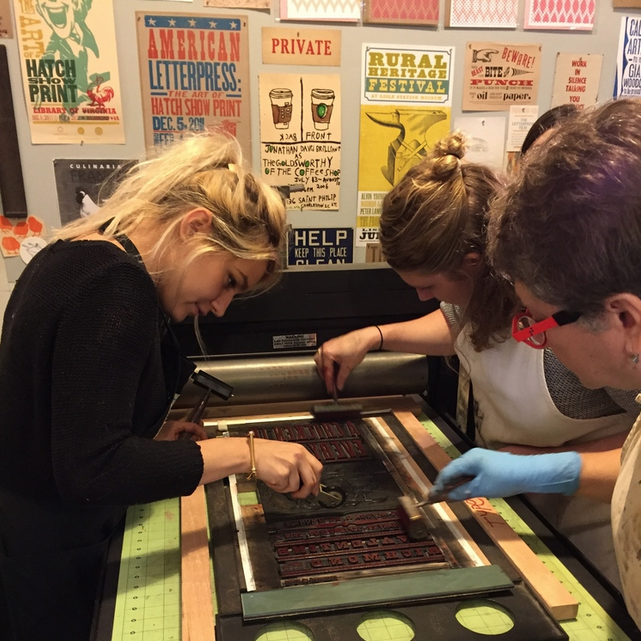
Printfest
Aimee Joyaux — This workshop will be a fun week of introductory printmaking using dozens of plates salvaged from a seed and feedbag company in Richmond, Virginia. We’ll mix and match chickens, pigs, cows, and horses to make unique posters and simple broadsides. We’ll review basic printmaking processes with an equal emphasis on fun and exploration. We’ll cover ink application, color mixing, and printing on paper and fabric (tea towels!). We’ll print with a press or by hand using oil-based inks. Students will leave with a shared portfolio of prints and will contribute to the collective work of Cornmeal Press.
Aimee: Studio artist; teaching: Visual Arts Center (VA), Ball State University (IN); exhibitions: Catherine Edelman Gallery (Chicago), National Museum of Women in the Arts (DC), Melanee Cooper Gallery (Chicago), Center for Book and Paper Arts (Chicago); representation: Quirk Gallery (VA), Walton Gallery (VA).
Register to be part of Printfest.



